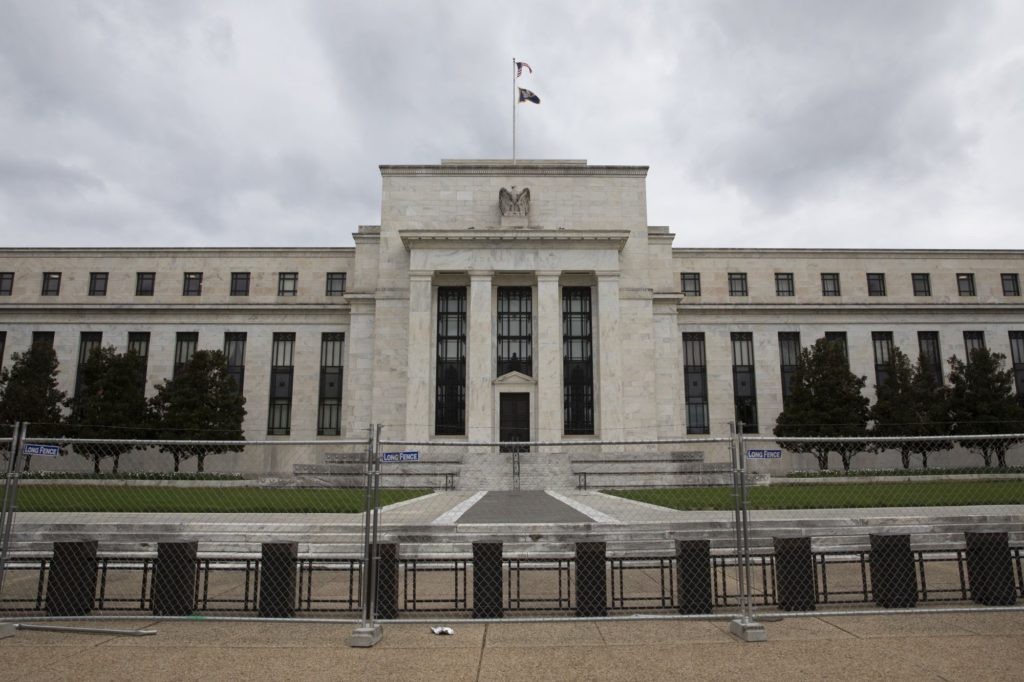(Bloomberg) — The increasing use of stablecoins to meet margin requirements in leveraged crypto trades may heighten redemption risks, the Federal Reserve said in its semi-annual Financial Stability Report published Monday.
Designed to maintain a peg to a hard currency like the U.S.
dollar, stablecoins are backed by assets that may lose value or become illiquid during stress. The U.S. central bank repeated its concerns that the tokens are therefore “vulnerable to runs” and said a lack of transparency around the assets may exacerbate those vulnerabilities.
“Additionally, the increasing use of stablecoins to meet margin requirements for levered trading in other cryptocurrencies may amplify volatility in demand for stablecoins and heighten redemption risks,” the report said.
The Fed has previously warned of financial risks posed by the fast-growing asset class.
- Read more: Central Banks in the Crypto Age: New Economy Daily
Tightening monetary policy and ebbing liquidity are turning investors away from speculative assets across global markets: On Monday, Bitcoin fell below $31,000 for the first time since July 2021.
As cryptocurrencies across the risk asset spectrum tumbled, algorithmic stablecoin TerraUSD risked losing its peg to the U.S. dollar. Its backers are moving aggressively to defend the peg.
The Fed report did not mention any algorithmic stablecoin by name, instead noting the sector remained highly concentrated among the traditional issuers.
The three largest stablecoins — Tether’s USDT, Circle’s USDC, and BUSD from Binance and Paxos — make up more than 80% of the total market value.
Tether, the largest stablecoin with a market value of $83 billion, has also faced skepticism over whether it can maintain its peg.
It has survived years of speculation that the token wasn’t backed one-to-one with dollars and dollar equivalents, and continues to serve as a foundation for much of the trading in the broader cryptocurrency market.
- Read more: What Are Stablecoins?
Why Are Regulators After Them?: QuickTake
More stories like this are available on bloomberg.com
©2022 Bloomberg L.P.











